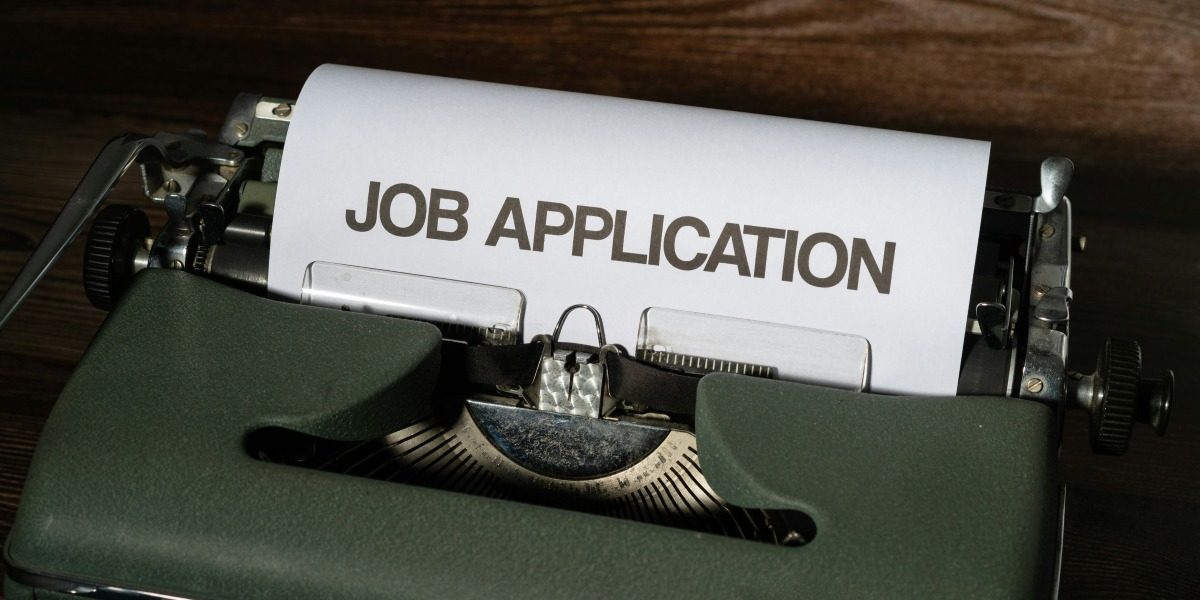By: M. Awais
The way people apply for jobs is constantly changing. That is not surprising. But the past five years have brought more change to job searching than the previous twenty, which is both fascinating and unsettling.
Today’s job market runs on algorithms and automation. AI posts vacancies, scans resumes, ranks applicants, and even conducts interviews. The result is a complex system full of uncertainty.
To better understand it, we analyzed the core of this system using AI tools. We processed thousands of job applications to uncover patterns, trends, and less pronounced signals. In this article, we share those findings, explore how the American job market is shifting, and show how AI job search platforms use this data to help people apply more effectively.
The Evolving Job Market: More Openings, Fewer Straight Paths
At this point, it is clear that something is happening in the American job market. U.S. Bureau of Labor Statistics reports that there were over 7.7 million job openings in early 2025. Seems like a ton of opportunities for everyone, and yet the path to employment became more complex and more frustrating.
Hiring takes longer than it used to. The average time to hire has reached 44 days, and the average cost per hire is approximately $4,700, according to the Society for Human Resource Management.
At the same time, more profound structural changes are unfolding. Many roles are being reshaped or eliminated by AI technologies. Recent estimates suggest that up to 30 percent of U.S. jobs could be automated by 2030, and 60 percent of existing positions are expected to undergo significant changes in their tasks. These shifts are already visible in sectors such as logistics, finance, retail, and customer support.
Employers are looking for skills and adaptability, prioritizing applicants who are ready for a change and the fast-paced modern world. And yet ATS filters stay the same. By some estimates, more than 45 percent of applications never reach the recruiter at all. It’s almost half of all resumes!
The result is a strange mismatch. There are more job listings, but also more barriers. The opportunities are real, but landing the proper role now takes more than just experience. It takes precision, strategy, and the right tools to break through the noise.
What AI Taught Us from Numerous Job Applications
Everybody is tired of the endless guesswork that comes with a job search. And the premier way to determine what works is to explore as much as possible. So we took the only path available and (with the help of AI tools) explored various applications. We chose ones from multiple industries, experience levels, and educational levels.
We focused on patterns that influence application outcomes, including keyword usage, resume structure, alignment with job descriptions, and user behavior across multiple submissions. Where available, we also reviewed engagement signals like response rates and interview callbacks.
The Most Important Takeaways:
Over 50 percent of applications lacked essential keywords found in the job description.
Personalized applications performed better. Tailoring resumes to a specific job showed a 2.3 times higher response rate than reusing generic materials.
AI-assisted applications saved users 4 to 6 hours per job, thanks to automated formatting, optimization, and role-specific language suggestions.
Mismatches were common. Many job hunters applied to every role available.
Straightforward storytelling made a difference. Applicants who used concise summaries, context-specific accomplishments, and value-driven language were more likely to move past both ATS filters and initial recruiter screening.
Even a quick look at the data exemplifies what many already know. Sending as many applications as possible is no longer enough. Customisation, precision, and relevance are what turn a resume into a job offer.
Writing a new resume for every job sounds exhausting, which is why it makes sense to use the latest technology to your advantage. While employers use AI to make the hiring process tougher, you can use AI job search tools to make it faster and more effective. And we will show you how.
How to Use AI Tools to Improve Your Job Search
Now, when AI is finally widespread and available for everyone, it is time to fight back against the injustice of a modern job search. You have all sorts of tools and platforms to help, and we are going to provide you with guidance on how to use them effectively.
1. Tailor Your Resume with AI Assistance
One thing you can do to show your professionalism and deep interest in the position is to apply with a custom resume. Use platforms such as JobHire.AI, Rezi, or Enhancv for this task. These are all great options to give your resume the proper structure and keywords to pass ATS filters while keeping the most important qualifications and skills to impress recruiters.
Why it matters: Maintain a balance between ATS requirements and human touch. Hit all the goals without spending hours a day writing and rewriting the same things again and again.
2. Generate Targeted Cover Letters
While a resume is your most important paper, a lot of jobs also require a cover letter. Try AI Cover Letter tools like JobHire.AI and Teal to generate professional, role-specific letters based on the job posting and your background.
Why it matters: A well-crafted cover letter will add context to your resume and show the hiring manager that you are serious about the position.
3. Analyze Job Descriptions and Identify Priorities
In case you want to write your resume yourself, run the job post through tools like LazyApply or Teal’s Job Tracker. These platforms help you identify the right keywords and companies’ priorities beforehand.
Why it matters: Understanding what a company is looking for allows you to position your experience better and avoid wasting time on roles that are not quite up your alley.
4. Stay Organized with Smart Dashboards
Many AI job search tools offer built-in dashboards where you can manage your job applications. Tools like JobHire.AI and Teal help you stay focused and prevent missed opportunities by organizing your progress in a visual, easy-to-navigate format.
Why it matters: Staying organized reduces stress and allows you to follow up at the right time with the right materials.
From AI Cover Letters to an Automated Job Application with JobHire.AI and other tools, you can do all of that and more within minutes. In a highly competitive job market, when you have to follow strict ATS rules while trying to impress human recruiters, having reliable tools is extremely important. So, do not hesitate to give them a try!
Wrapping Up
The job market is full of opportunities, but to grasp one, you need to adjust. Success comes from strategy and precision, not from the number of applications. Tools like JobHire.AI, LazyApply, CoPilot, and other AI job search platforms have been designed to help job seekers navigate the process more efficiently.
Use new technologies, develop, adapt, and get the job you deserve!
Disclaimer: This article contains references to third-party tools and services, such as JobHire.AI, Rezi, Enhancv, LazyApply, and Teal. These tools are mentioned for informational purposes only. We may receive compensation or affiliate commissions from the use of these products or services. The opinions expressed in this article are based on the author’s research and experience and are not influenced by any material relationships. Please conduct your research and review the terms and conditions of each service before making any decisions.

















